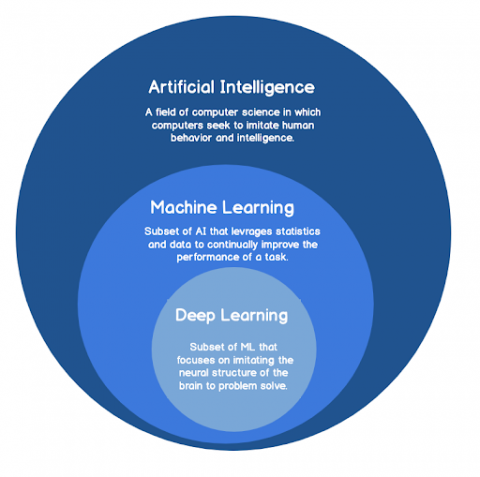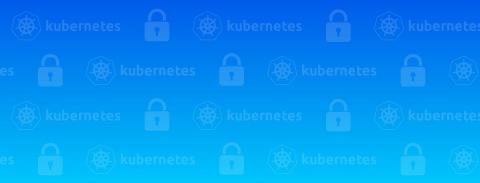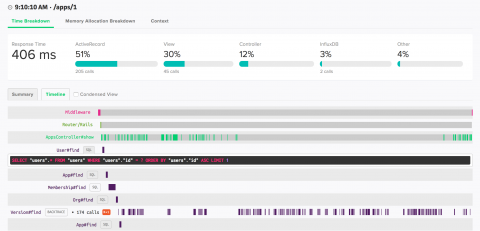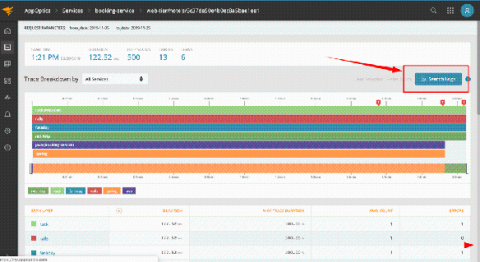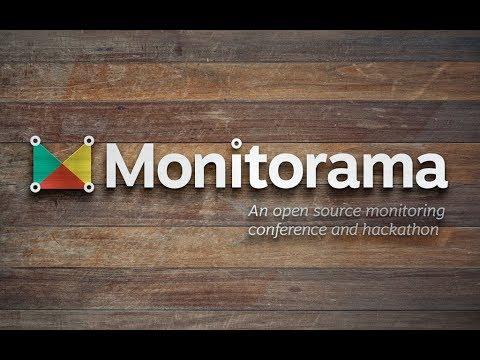Inventory Monitoring for Your Cloud Infrastructure
Managing agile software deployment for cloud infrastructure can be challenging. Deployments should be automated whenever possible to ensure consistent version management. Nevertheless, it can happen that identical software versions are not deployed to all servers. Such imperfect version management is a potential time-bomb. Distributed systems and microservices often rely on the deployment of the exact same software version installed on every cluster node.



